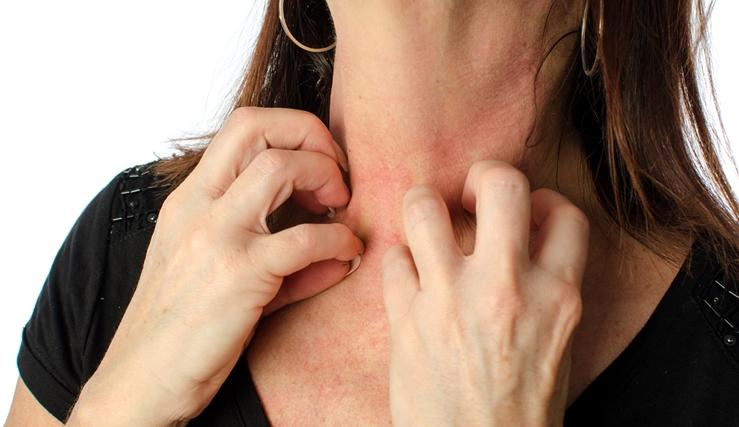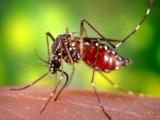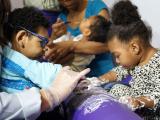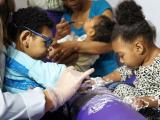The first full description of the Rio de Janeiro's Zika virus outbreak revealed that itching is a common feature of the disease and should be added to the case definition, and that cases were detected as early as January 2015, earlier than thought.
Researchers from Brazil's Fiocruz Institute already had a syndromic surveillance study under way, including blood draws, to detect unusual presentations of dengue infection. Shifting their focus to Zika virus, they described cases and patterns detected from the first half of 2015 outbreak today in the latest edition of Public Library of Science (PLoS) Neglected Tropical Diseases.
Unusual itchy rash raised suspicions
The investigators wrote that they first noticed an increase in rashlike illness with or without brief fever, distinct from dengue infection, in January 2015. They looked more closely at illnesses matching the pattern after the first local Zika virus case was confirmed in Rio de Janeiro in May 2015.
From January to the end of July the team identified 364 suspected cases. Of the 262 that were tested, 119 (45.4%) were confirmed on reverse transcriptase polymerase chain reaction (RT-PCR) testing as harboring Zika virus. No chikungunya or dengue positives were found among the 119 cases, and no dengue RNA was found in those who tested negative for Zika virus.
Only 38% of patients recalled mosquito bites, and geographic clustering was seen for half of all confirmed cases.
The most common symptoms were rash, itching, fatigue, headache, and joint pain. Only about a third of the patients reported fever, which typically lasted only a day or was noted at symptom onset.
One patient was hospitalized for peripheral neurologic problems, and infections were detected in four pregnant women, one of whom miscarried at 10 weeks gestation. The other three women—two infected at 18 weeks and one sick at 35 weeks—delivered normal babies with no signs of congenital abnormalities.
Explosive spread and household clustering
When the researchers looked at timing, they found that about 11% of the patients were sick before Zika transmission was reported in May in northeastern Brazil. Zika activity peaked in Rio de Janeiro in May after the rainy season, a pattern seen in Yap Island and French Polynesian outbreaks. Unusually high rainfall was reported in Rio de Janeiro during May, which could have affected mosquito levels, they added.
Another surprising finding was the lack of positive dengue tests, which researchers said may point to the explosive nature if the Zika outbreak.
Household clustering was another interesting finding and should be verified in other settings, they said, adding that it could reflect mosquito capacity or other transmission routes, such as muscosal contact, saliva, or urine.
Though rash is also a common feature with chikungunya and dengue infection, the prominent itching component of the rash in Zika virus infection stood out as a notable feature in 79% of cases, which the team said could help distinguish it from other infections and supports its inclusion in the case definition of the Pan American Health Organization.
See also:
Apr 12 PLoS Negl Trop Dis study




















